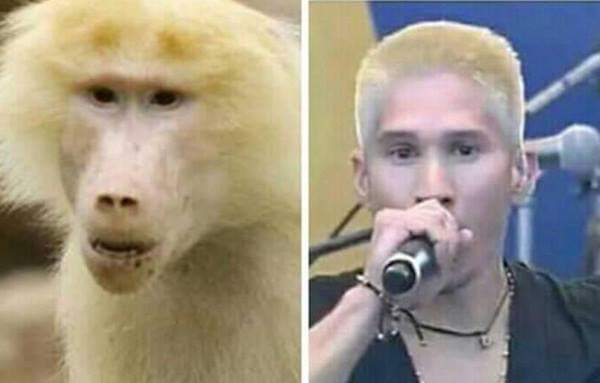Vastator
Platinum Member
- Oct 14, 2014
- 22,104
- 9,671
- 950
Despite countless attempts to resolve this issue; the only “fix” they could come up with... Was to disable this algorithm from identifying primates at all. Not really a fix. But apparently some people were getting rather upset at the algorithms short comings.
Google ‘fixed’ its racist algorithm by removing gorillas from its image-labeling tech

But it wasn’t just Googles AI that demonstrated this anomaly...
Google's solution to accidental algorithmic racism: ban gorillas
“ Flickr released a similar feature, auto-tagging – which had an almost identical set of problems.”
And there are many more. Given this glaring shortcoming in AI recognition technology; is the facial recognition software currently used by many agencies really trustworthy?
Google ‘fixed’ its racist algorithm by removing gorillas from its image-labeling tech
But it wasn’t just Googles AI that demonstrated this anomaly...
Google's solution to accidental algorithmic racism: ban gorillas
“ Flickr released a similar feature, auto-tagging – which had an almost identical set of problems.”
And there are many more. Given this glaring shortcoming in AI recognition technology; is the facial recognition software currently used by many agencies really trustworthy?


